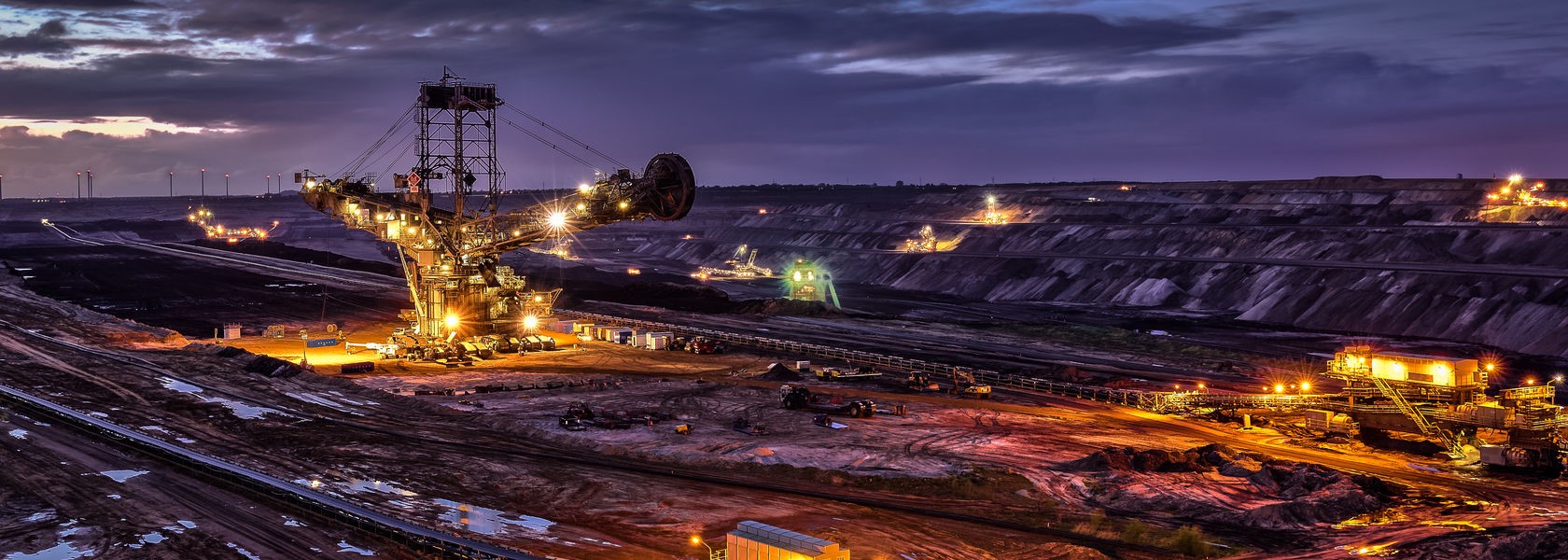
CHAPTER DESCRIPTION
Environmental impacts of mining can occur at local, regional, and global scales through direct and indirect mining practices. Impacts can result in erosion, sinkholes, loss of biodiversity, contamination of soil, groundwater, and surface water by the chemicals emitted from mining processes. These processes also have an impact on the atmosphere from the emissions of carbon, which affect the quality of human health and biodiversity. Some mining methods may have such significant environmental and public health effects that mining companies in some countries must follow strict environmental and rehabilitation codes to ensure that the mined area returns to its original state. The impact of the mining industry on the environment has been a public concern, with a growing appreciation of the natural environment and increasing awareness of the possible harmful effects that the industry’s activities can cause. The industry and government have responded with several initiatives and regulations to protect and manage the environmental effects of mining activities. The extractive nature of mining operations creates various impacts on the environment before, during, and after mining operations. The extent and nature of impacts can range from minimal to significant, depending on a range of factors associated with each mine. These factors include the characteristic of the ore body, the type of technology and extraction methods used in mining and the on-site processing of minerals, and the sensitivity of the local environment. The environmental impacts of mining, although significant, are generally confined to local areas. Apart from the direct physical impacts of extractive activities, contamination of air, land, and water may also result. However, mining in isolation may not be the mainland use that upsets ecological systems, as environmental effects are cumulative in nature, and other past activities or events may have contributed to these effects. This chapter discusses the main environmental impacts of mineral mining, such as wastes and the rate of resource use (where the supply of minerals depends on the rate of resource use, which is affected by the economic life of mineral deposits and the rate at which new reserves are discovered). This chapter also summarizes environmental management initiatives, such as using advanced data analytics to reduce the negative impacts of mining operations on the environment.
CHAPTER CONTENT
- Introduction to Mine Sites Environmental Considerations
- Impacts and Control of Blasting
- Water and Sediment Control Systems
- Mitigating Acid Rock Drainage
- Waste Disposal and Contamination Management
- Closure Planning
- Summary







